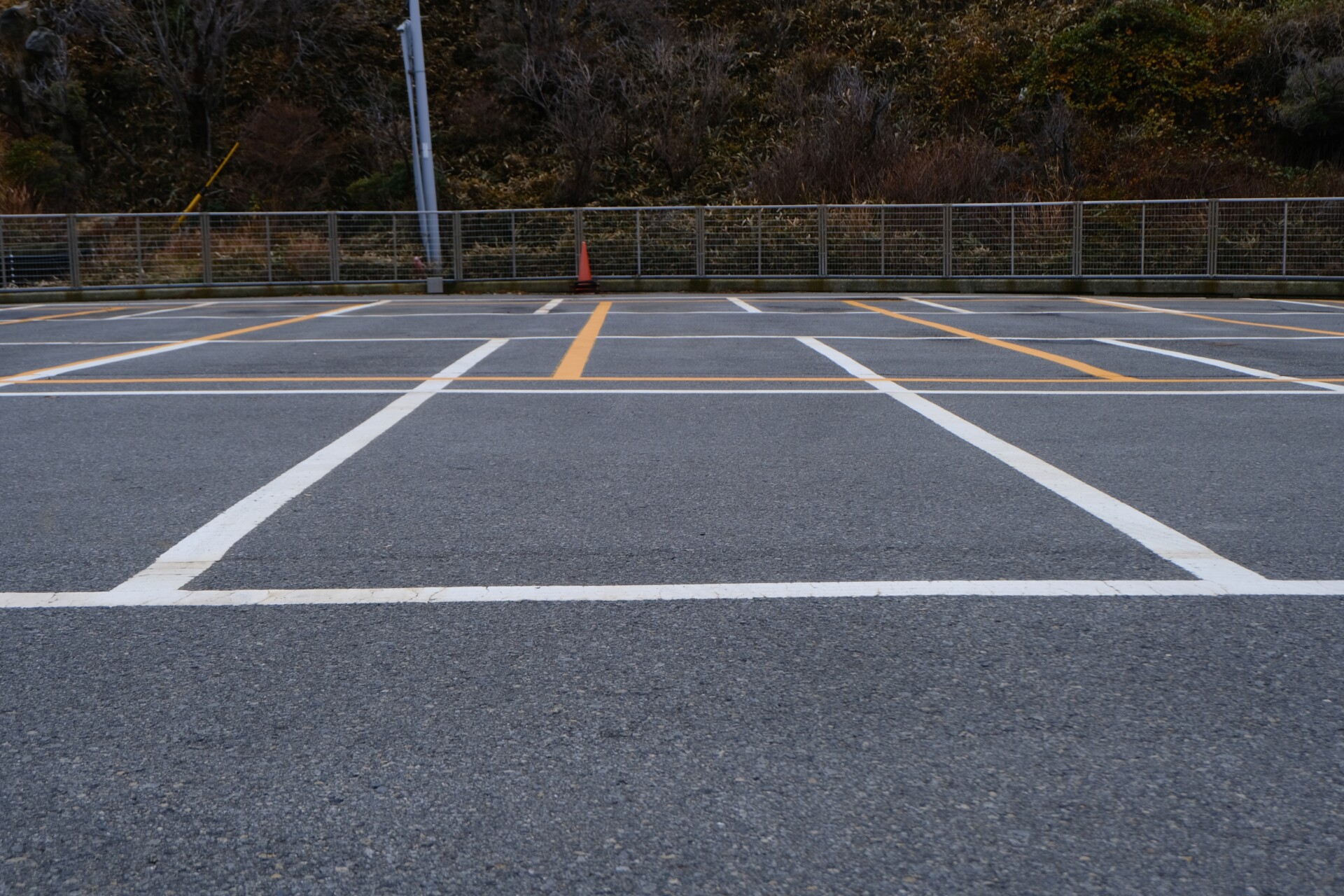The light flickered again. You jiggle the switch, hoping it’s nothing serious. Maybe it’s just a loose bulb—until one day, it’s not. A small spark, a faint burning smell, and suddenly that “minor” issue becomes a very real problem. This is usually when homeowners realize just how crucial a skilled electrical handyman really is.
It’s easy to overlook the wiring behind your walls or the circuits powering your appliances—until something goes wrong. That’s when the value of professional help hits hard. Not just for repairs, but for preventing disasters before they happen.
Whether it’s faulty outlets, overloaded breakers, or DIY fixes gone sideways, a good handyman doesn’t just solve problems—they keep your home safe, functional, and stress-free.
Why are Parking Lines Considered a Symbol of Order in American Society?
In the U.S., order is a cultural cornerstone. From the grid systems of our cities to the logic-driven layout of supermarkets, there’s a deep appreciation for structure, predictability, and visible rules. Parking lines represent this ethos perfectly.
They’re more than boundaries—they’re visual cues of fairness and functionality. In a country where personal space is both protected and prized, parking lines offer assurance that your space is yours—but no more. They assign a clear footprint in a shared area and let everyone know: here’s where I begin and end.
What parking lines symbolize in American culture:
- Control over chaos – Open lots without lines often dissolve into disorganized messes. Lines bring clarity where there would otherwise be confusion.
- Equality in space – Everyone, regardless of vehicle or status, gets the same size spot. It’s democracy, distilled in asphalt.
- Efficiency in motion – Lines optimize space usage, guiding vehicles into logical, tidy patterns that allow more people to fit comfortably.
- Respect for others – Staying inside the lines is a quiet form of social contract: I’ll honor your space, and you’ll honor mine.
- Visual discipline – A freshly painted lot looks organized, clean, and intentional—a sign of a well-managed place.
Parking lines aren’t just about where we leave our cars. They’re about how we live among strangers, peacefully and predictably, even in a shared public zone.
How Do Parking Lines Reflect Cultural Values in the United States?
America has long been shaped by values like individualism, fairness, and autonomy within structure. Parking lines reinforce these principles in subtle yet powerful ways.
On one hand, they support autonomy: you get to choose your spot. On the other hand, that freedom exists only within a clearly defined framework: the spot must be used in the way intended. This duality mirrors many American systems—from voting booths to cubicle rows to public parks.
Cultural values embedded in the parking line:
- Personal responsibility – You’re expected to park well and not infringe on the boundaries of others. Failure to do so results in dirty looks—or worse, parking tickets.
- Property boundaries – Even in public space, Americans are taught to value “what’s mine.” Parking lines let us claim a piece of the pavement.
- Lawfulness – The expectation to obey painted lines reflects a broader respect for rules and signage in U.S. life.
- Public decorum – A tidy parking lot suggests behavioral norms. Deviating from the lines—parking crooked, over two spots—is seen as rude or entitled.
This obsession with neatness and regulation may seem rigid, but to Americans, it’s often reassuring. In a fast-paced and diverse society, the parking line becomes a cultural shorthand for cooperation without confrontation.
What Role Do Parking Lines Play in Shaping Public Behavior?
There’s a reason why people in America feel irritated when someone parks outside the lines, even if it doesn’t affect them directly: parking lines shape expectations. They don’t just manage space—they influence conduct.
Just as lines on a football field organize play, parking lines silently orchestrate how people behave. Without them, we’re often left with confusion, competition, and even conflict.
Behavioral cues provided by parking lines:
- Standardization – They standardize a public routine. Everyone knows how to park, where to go, and what’s expected.
- Civic responsibility – People tend to behave more considerately when physical cues remind them of community structure.
- Social pressure – Violating the line norm can lead to judgment or even public shaming—especially when photos end up online.
- De-escalation – Clearly marked spaces reduce disputes over who was there first, who took up too much room, or who blocked access.
Interestingly, studies in urban planning have shown that behavioral compliance is higher in environments with strong visual cues. Parking lines don’t just show people what to do—they teach them how to act, reinforcing norms in ways that feel automatic.
In that sense, the humble line is both instructor and enforcer—creating an invisible structure that turns chaotic lots into cooperative zones.
How Does America Differ From Other Countries in the Use of Parking Lines?
The American love of parking lines is not universally shared. While lines exist around the world, the strictness with which they’re used, maintained, and obeyed varies greatly by country.
In parts of Europe, for example, you’ll often find looser systems—cars squeezed in without clear markings, or creative parallel parking arrangements that bend the rules. In countries with limited space, flexibility sometimes trumps formal order.
Meanwhile, in developing nations, painted lines may exist but be largely ignored due to traffic culture or lack of enforcement.
Key differences in the American approach:
- Enforcement culture – U.S. cities are more likely to ticket or tow vehicles that don’t follow the rules, incentivizing adherence.
- Private property culture – Many U.S. parking lots are privately owned (malls, gyms, apartments), and property managers expect rule-following.
- Suburban sprawl – The U.S. relies heavily on car travel, which makes organized parking more critical than in dense urban areas with public transit.
- Design standardization – American building codes often require a minimum number of marked parking spaces, creating uniformity.
In contrast, countries with stronger pedestrian cultures or more chaotic driving environments may treat parking more like a flexible challenge than a gridlocked ritual. To Americans, that might feel like anarchy. To others, it’s simply a different expression of shared space.
The Subtle Power of the Painted Line
At first glance, parking lines may seem like mere logistics—an architectural afterthought. But in truth, they’re one of the most powerful symbols of collective order in American life. They represent balance between freedom and structure, personal space and social contract, autonomy and consideration.
Americans love their cars. But more than that, they love knowing where their cars belong. Parking lines turn an open lot into a shared system, where hundreds of people can make individual choices that don’t clash, because everyone is working within a visible, common framework.
In a country built on diverse voices, sprawling cities, and competing priorities, these quiet little rectangles offer something that’s increasingly rare: predictability, civility, and a sense of control.
So next time you park neatly between two lines, take a moment to appreciate the quiet genius of it. You’re not just protecting your doors from dings—you’re participating in a uniquely American ritual of space, order, and mutual respect.
Precision in Every Stripe
At Power Clean Pressure Washing, we understand that great parking isn’t just about space—it’s about safety, organization, and pride. From retail lots to residential communities, our professional striping services help your property make a great first impression. Let your lines say what you mean: We value order. We value people. We value space that works. Contact us today for a consultation.




